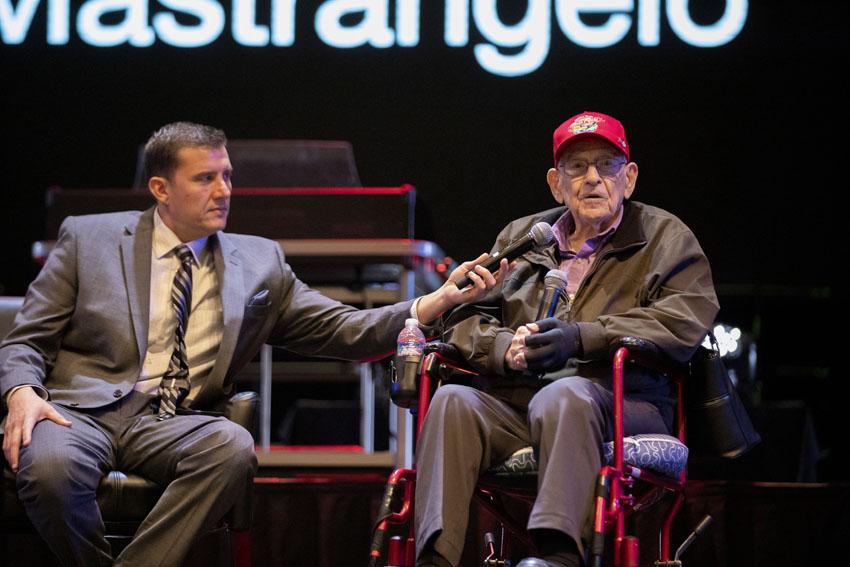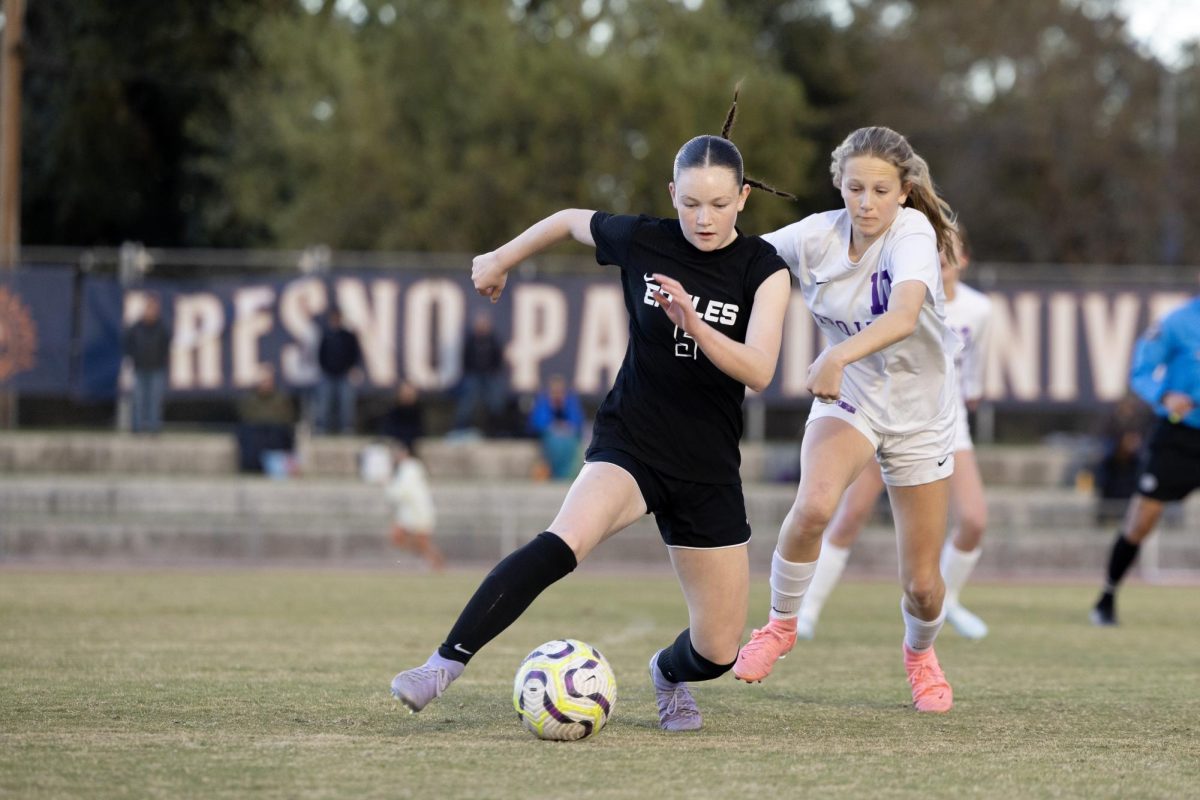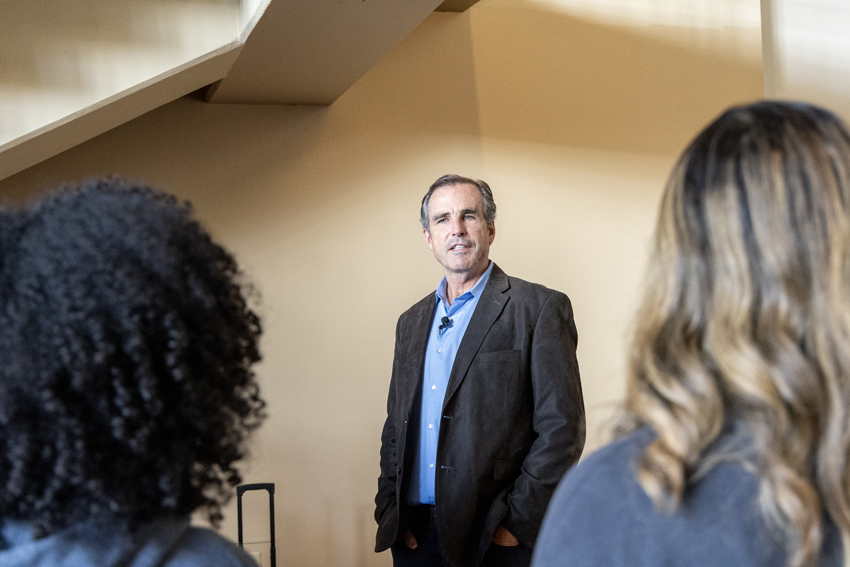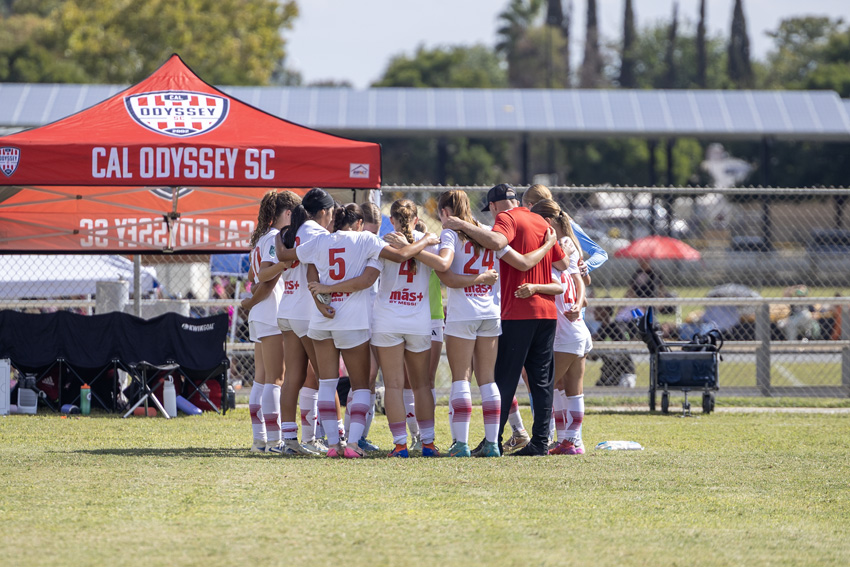Recounting the harrowing journey through D-Day, students learn of veterans’ heroism.
Paul Loeffler interviews 98-year-old WWII veteran Vito Mastrangelo for Fresno Christian’s annual Veteran’s day chapel, Nov. 10. As one of the last survivors of the D-Day Normandy Beach Invasion, Mastrangelo shares his emotionally straining but rewarding experience in the army.
Born and raised in Visalia, California, Mastrangelo lived on a small farm up until the moment he left for duty. During WWII, he hoped that running his family’s farm would be enough to keep him out of the draft.
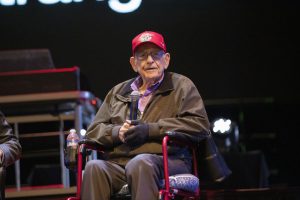
To his disappointment, it was not. Six months after he graduated high school he was drafted into the army, 13 months after his older brother Bert enlisted in the Air Force as a mechanic.
In the army, Vito was trained to become a mechanic like his brother, but it soon became evident that he had a different purpose.
“I worked at a service station at 17 years old,” Mastrangelo shares, “[the army] said ‘ok, we’ll make a mechanic out of this guy. They said tear [this engine] down, put it back, and let me hear it run. I could not make it run because I was not a mechanic, and I didn’t like being a mechanic.”
After he failed his mechanics’ training he was reassigned to GRS, ‘Grave Registration Service’, a new position just opening up. Mastrangelo’s new assignment led him to one of the most infamous battles in the war: The Invasion of Normandy on June 6, 1944.
His job during the battle and for the remainder of the war would be to care for the fallen American soldiers. The job was a gruesome yet important one, serving several purposes. The bodies of the fallen soldiers had to be moved aside to make room for more troops. Secondly, it protected the living soldiers’ psychological state to not see the bodies of the fallen soldiers and wonder if they were destined for the same fate.
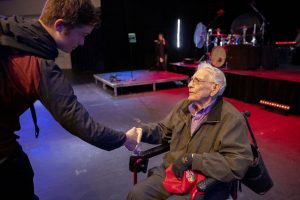
Mastrangelo and others who held his job were charged with giving the American soldiers a proper burial and erecting temporary graveyards to bury the soldiers.
“I saw things I’d never seen before. Even to this day, I think about those guys who we buried in the 1940s,” he says. The sights and smells of death still haunt Mastrangelo today, but he is extremely proud of the work he did in the army. “I’m absolutely glad I served and I would do it again,” he says.
After the war ended, Mastrangelo’s job was not done. Now it was time to take the soldiers home. He faithfully traveled from town to town throughout Germany inquiring if any American soldiers were buried nearby. Once Mastrangelo and his crew located the bodies they would be moved from the temporary graveyards to permanent ones in America, Belgium, and France.
Among the lost soldiers was Mastrangelo’s brother, Bert. After a jeep careened over a cliff, all the passengers but one lost their lives. The sole survivor was able to tell Bert’s story to the Mastrangelo family, helping to give them closure. He helped to give closure to many families, just as the survivor gave closure to him and his family.
“I happened to be at one of those cemeteries in Europe, a mother asked the guide, ‘Did you bury my son in the dirt?’ This guide said, ‘Come to the office I’ll show you…how they buried your son.’ We buried them in these mattress covers, it’s all we had.”
Mastrangelo came home on Christmas morning after the war ended to a bitter-sweet reunion with his family.
“I came home, [the army] wanted to keep me after the war. I hadn’t been home for three years, and my brother had been killed, so I said ‘I’m going back to my hometown.'”
To hear more from Mastrangelo, visit hometownheroesradio.com.
To read more from The Feather see ArtHop promotes local artists, showcases Central Valley diversity; Column: ASB President, importance of opening up



